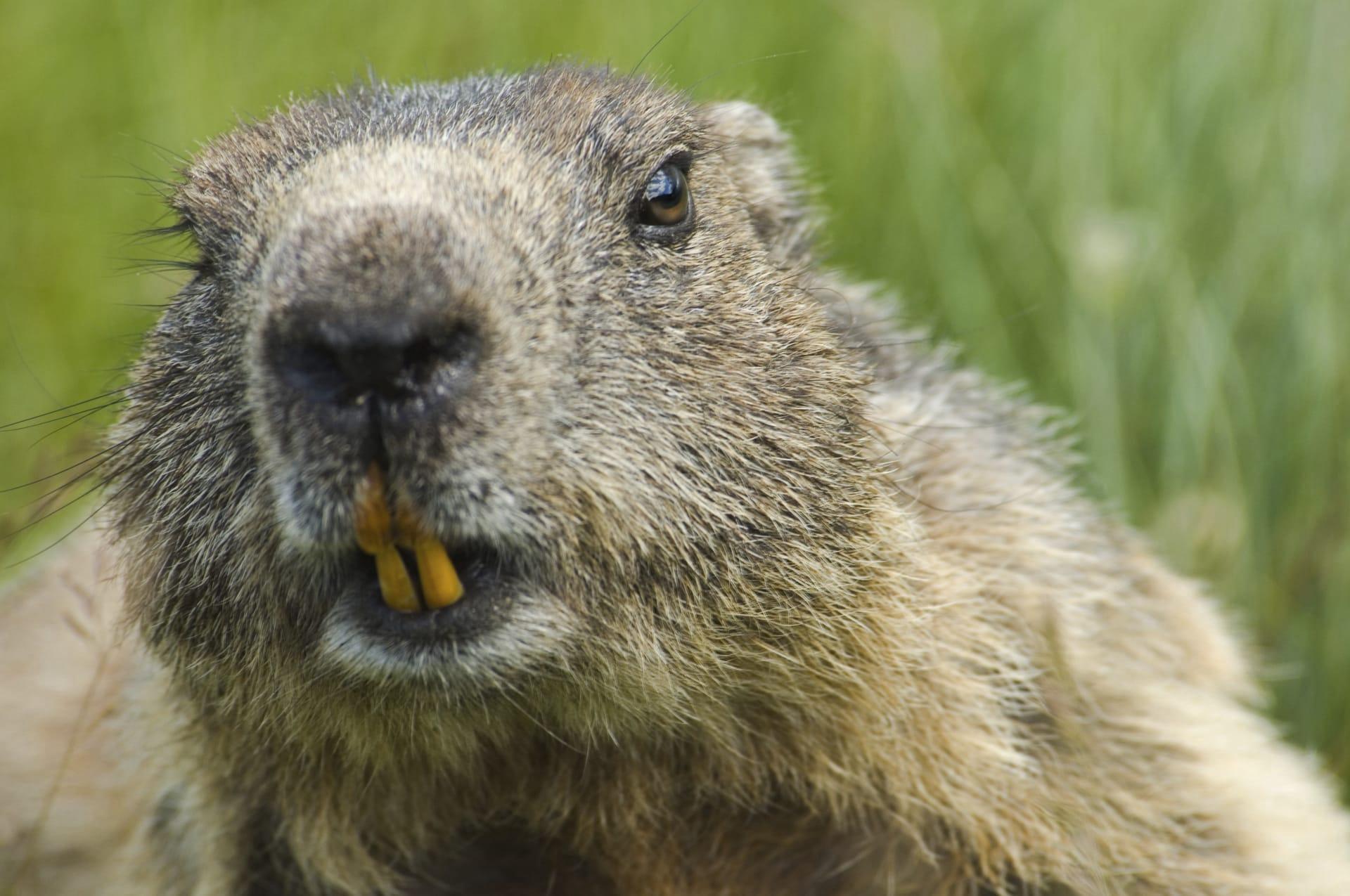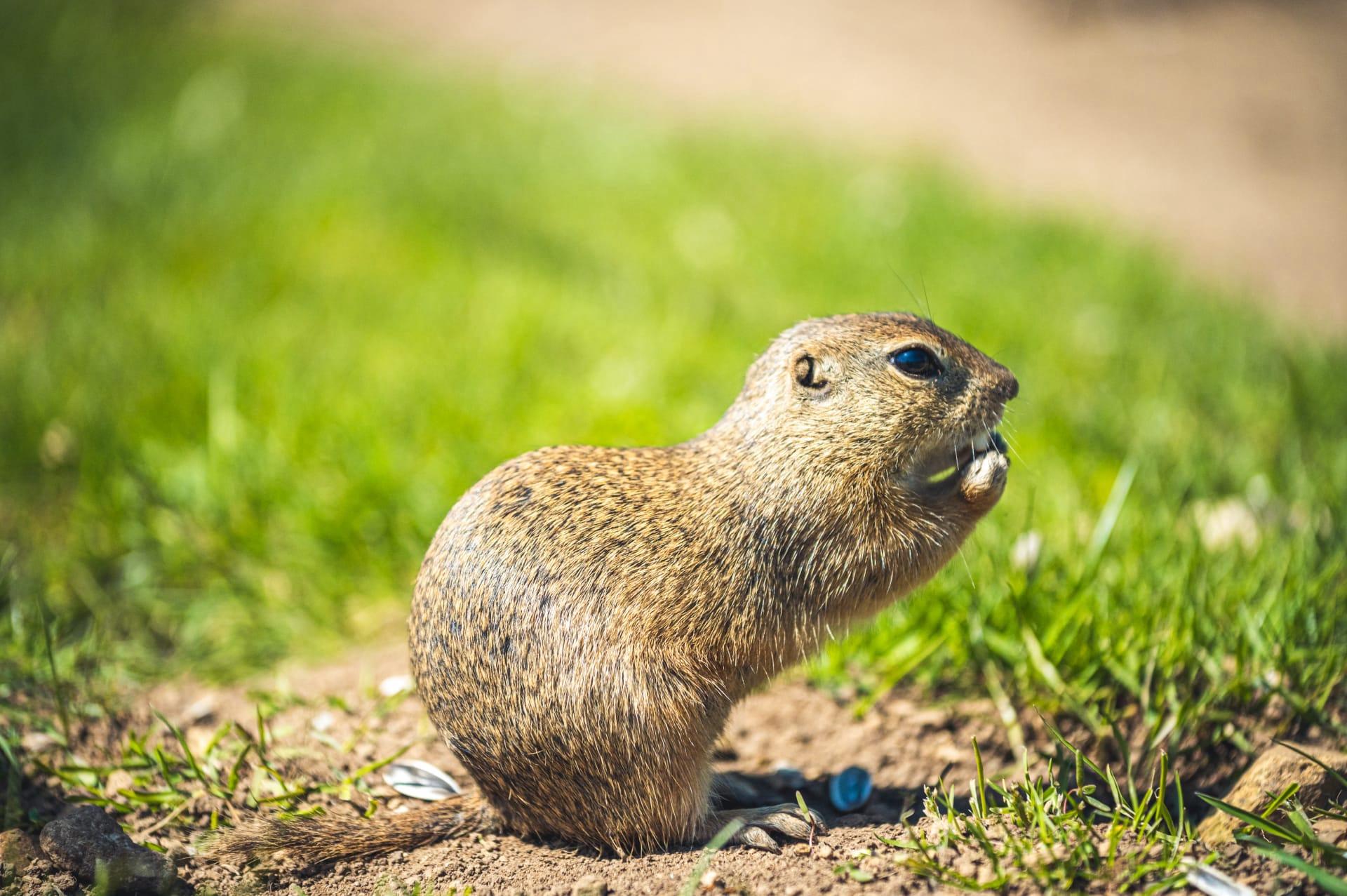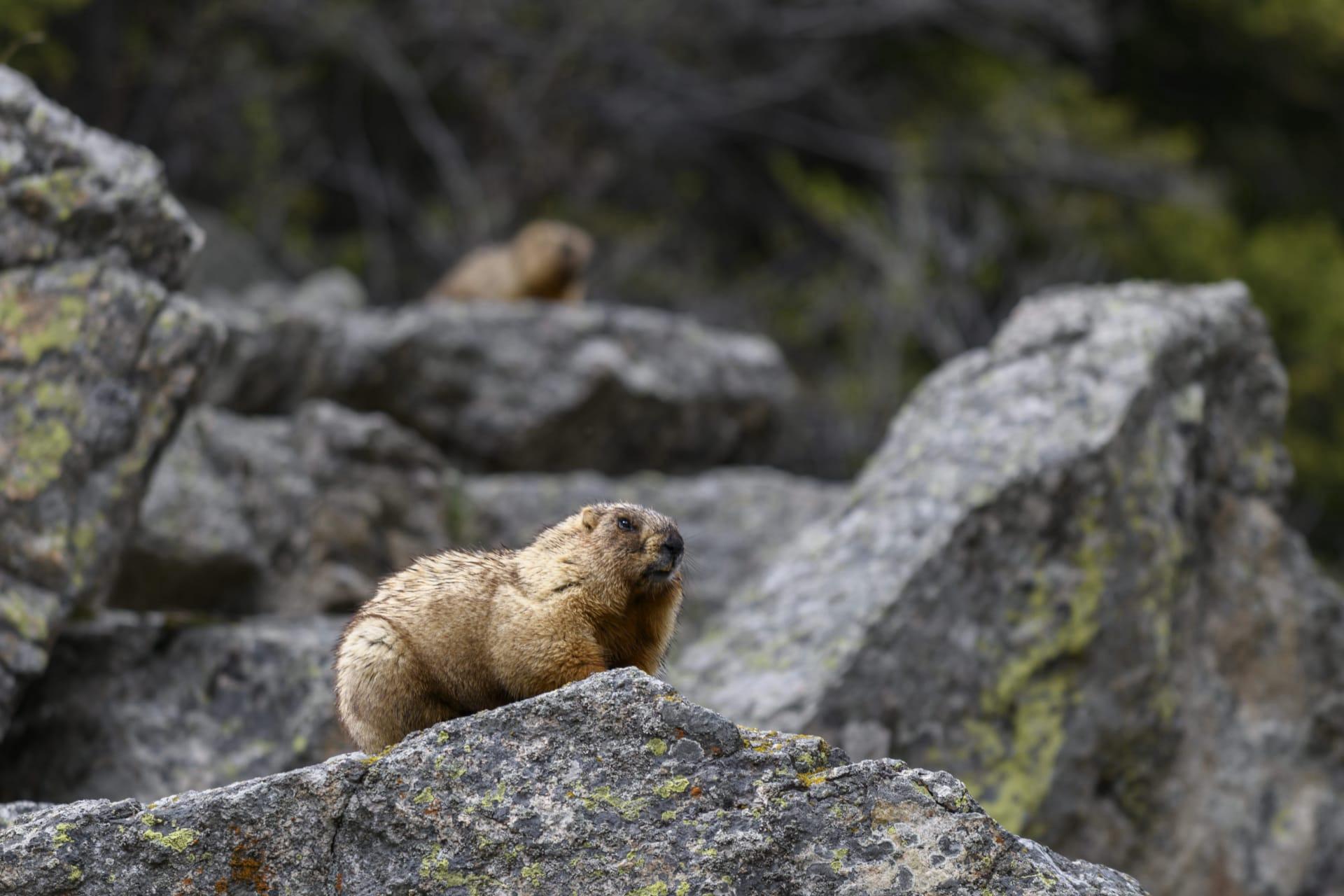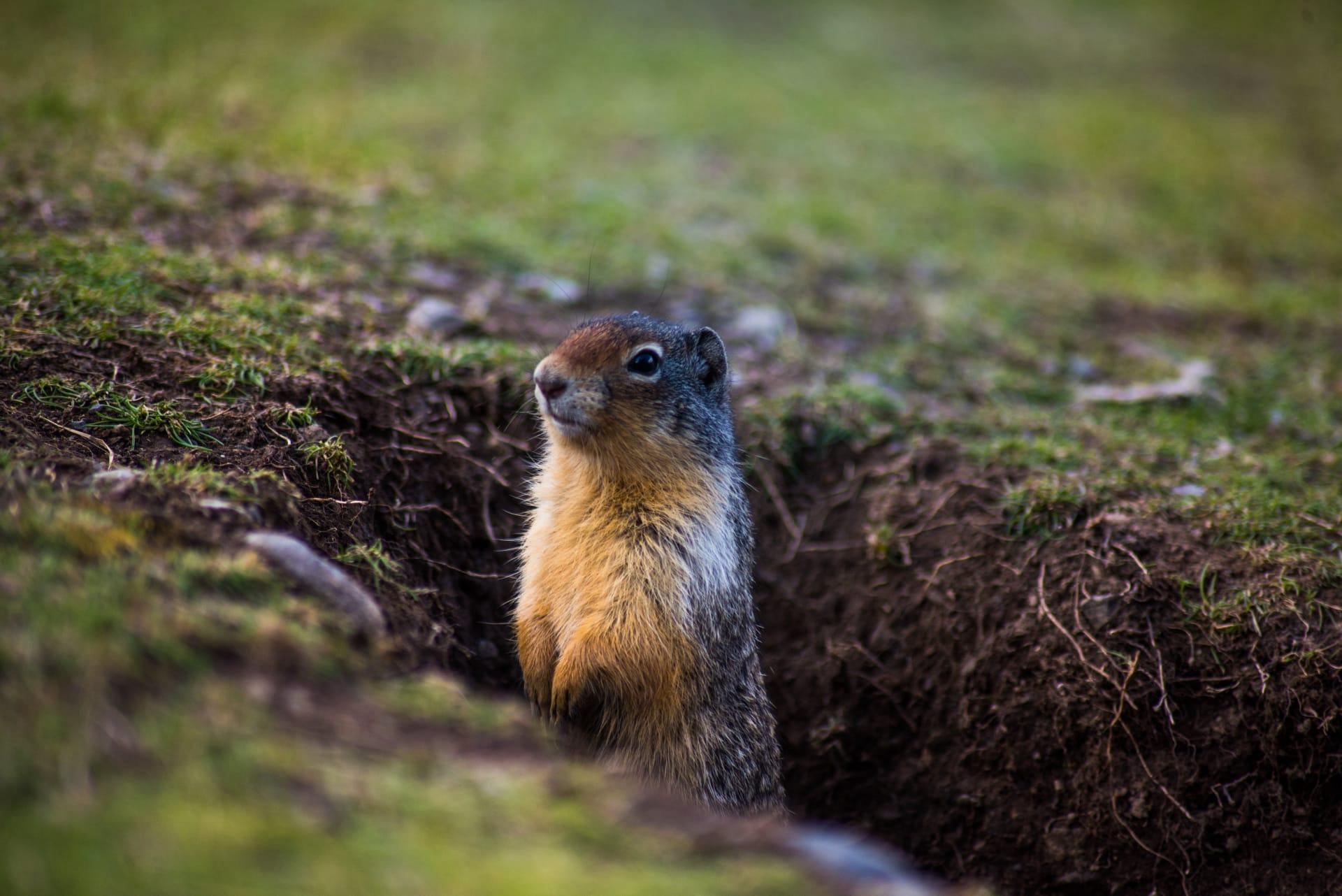Groundhog Trivia
- Home /
- Trivia Question /
- Animal /
- Groundhog Trivia
1
Question: What's the average lifespan of a groundhog in the wild?
Answer: Groundhogs, also known as woodchucks, typically live for around 6 years in the wild. However, their lifespan can extend up to 10 years in environments with fewer predators and ample food supply. These creatures follow a strict herbivorous diet, mainly eating wild grasses and other vegetation.
Question: How much can a groundhog weigh?
Answer: Adult groundhogs typically weigh between 5 to 12 pounds (2.3 to 5.4 kilograms). During the active seasons of spring and summer, they feed heavily, storing fat to sustain themselves during hibernation in the winter. This weight gain is crucial for their survival during the cold months when they retreat to their burrows.

2
Question: Is it true that groundhogs can predict the weather?
Answer: This is a common misconception. The tradition of Groundhog Day suggests that if a groundhog sees its shadow on February 2nd, there will be six more weeks of winter. However, there's no scientific evidence to support this claim. Groundhogs' emergence is more related to their hibernation cycle than weather prediction.
Question: Do groundhogs really chuck wood?
Answer: Despite their nickname "woodchuck," groundhogs do not actually chuck wood. The name is a misinterpretation of the Native American name for these animals, which sounds similar to "woodchuck." Groundhogs are burrowing animals and are more likely to be found digging in the soil than handling wood.

3
Question: How extensive are groundhog burrows?
Answer: Groundhog burrows can be quite elaborate, with tunnels extending up to 30 feet (9 meters) in length. These burrows typically have multiple entrances and chambers, including dedicated areas for sleeping, rearing young, and even a separate chamber for waste. They play a critical role in the ecosystem, sometimes being used by other animals.
Question: Are groundhogs solitary animals?
Answer: Groundhogs are mostly solitary, especially outside of the breeding season, which occurs in the early spring. They are territorial and will defend their burrow systems aggressively, especially against other groundhogs. However, a mother groundhog will share her burrow with her young until they are ready to be independent.

4
Question: What is the groundhog's primary defense mechanism?
Answer: Groundhogs use their burrows as the primary means of protection from predators. They have keen senses of hearing and smell to detect threats. When alarmed, they emit a high-pitched whistle to warn other groundhogs of danger. Additionally, their sharp claws are not only useful for digging but also for defense.
Question: How do groundhogs contribute to the environment?
Answer: Groundhogs play a significant role in the ecosystem. Their burrowing activities help aerate and mix the soil, promoting plant growth. They also serve as a food source for predators like foxes, hawks, and snakes. Moreover, their abandoned burrows provide shelter for other wildlife, including rabbits and skunks.

5
Question: What is the groundhog's diet primarily composed of?
Answer: Groundhogs are herbivores, feeding mainly on a variety of vegetation including grasses, berries, vegetables, and agricultural crops. In spring and summer, they eat around one-third of their weight in vegetation daily, aiding their fat accumulation for hibernation.
Question: Can groundhogs climb trees?
Answer: Surprisingly, groundhogs are capable climbers and swimmers. While they spend most of their time on or under the ground, they can climb trees to escape predators or to find food, such as bark and branches. Their swimming abilities also help them escape threats and traverse their habitat.